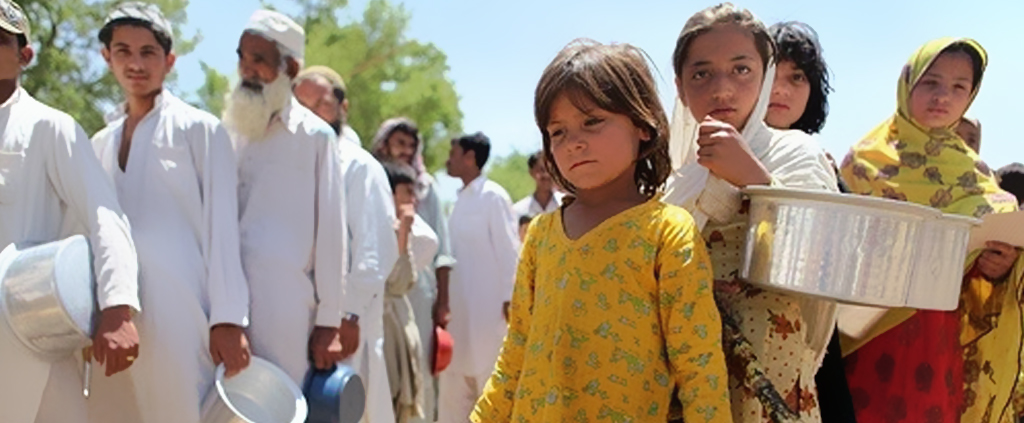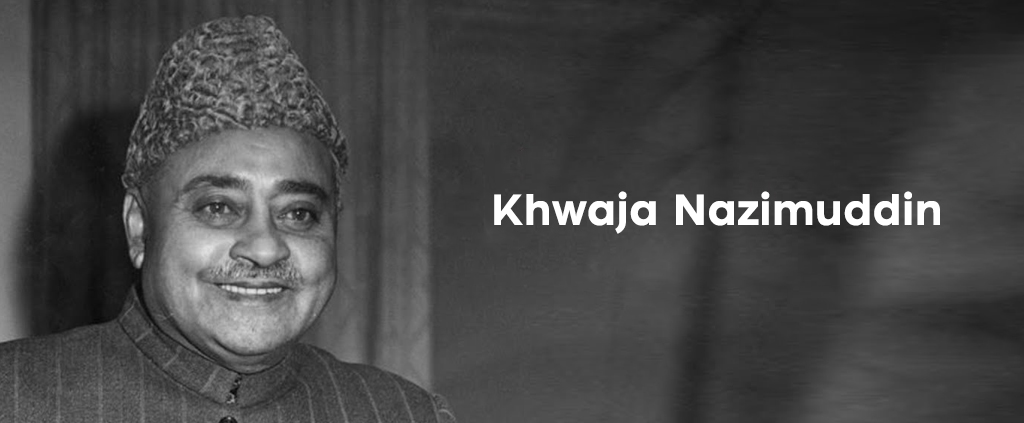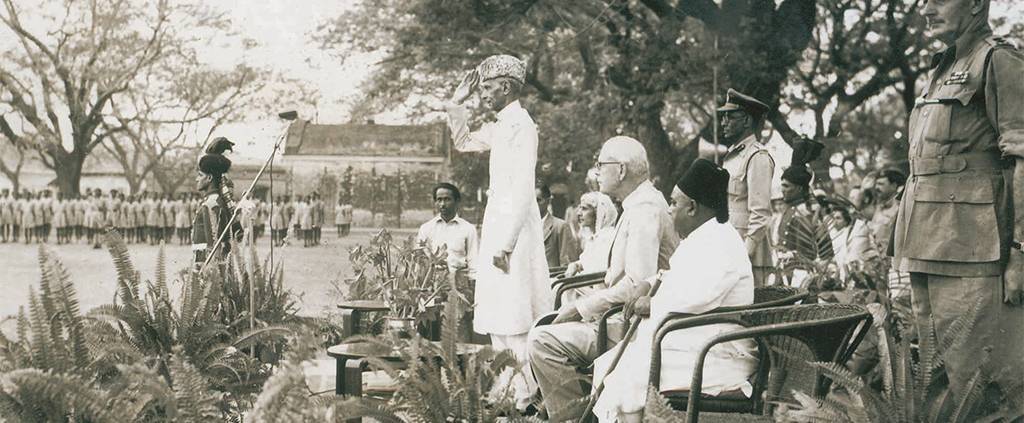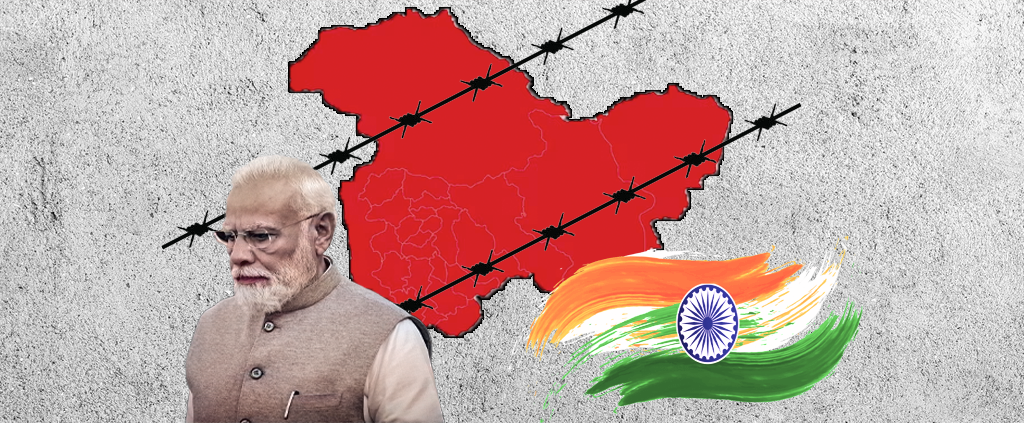Subjective Well-being and Public Policy
Abstract (This paper gives an overview of the idea of subjective well-being which has captured the attention of economists in the last one decade or so. The gist of the literature which has emerged on the subject is that income or GDP does not truly reflect human welfare and there is need to make use […]
Subjective Well-being and Public Policy Read More »





